Marine microbes adapt in surprising ecological ways.
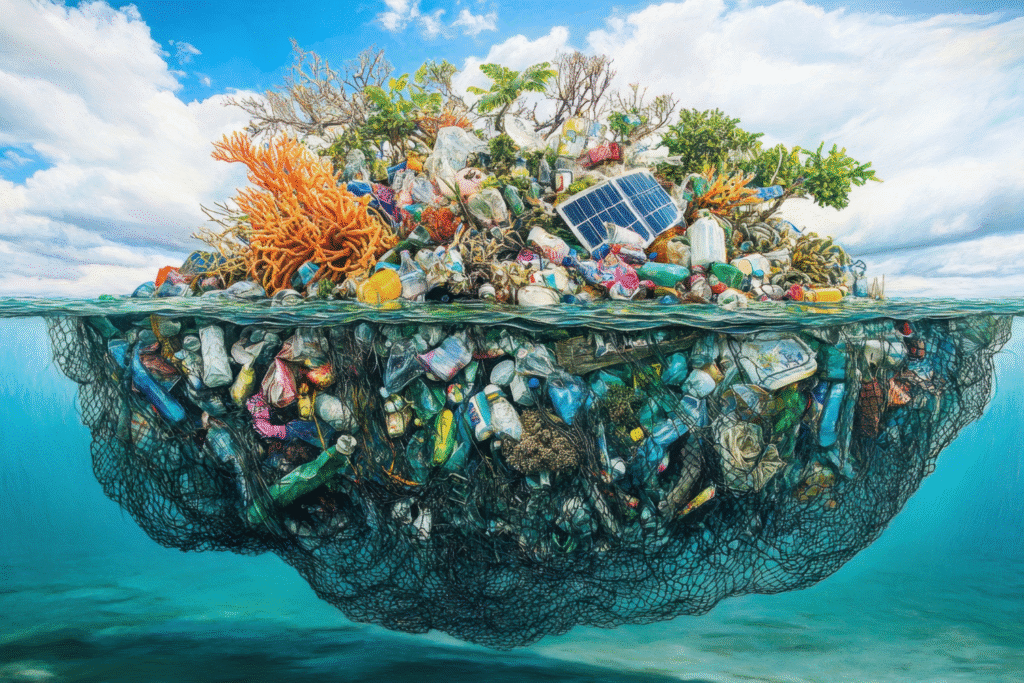
New research examining microbial communities from multiple ocean regions has revealed that certain bacteria have begun developing enzymes capable of breaking down common plastics, and the timing of this evolution appears tied directly to the global rise in plastic waste. Scientists studying water samples from surface currents to deep sea sediments found that enzyme abundance has increased dramatically over the last few decades, reflecting a rapid biological response to human made pollution. This discovery not only reshapes our understanding of microbial adaptability but also introduces new possibilities for long term cleanup strategies, ecological forecasting, and an evolving relationship between life and synthetic materials.
1. Ocean microbes now carry plastic degrading enzymes.

Samples collected across marine environments show bacteria producing enzymes that can break down polyethylene terephthalate and similar plastics according to Science Magazine. These enzymes were rare before widespread pollution but have become increasingly common as plastic particles accumulated worldwide. Researchers examining DNA sequences identified gene clusters associated with plastic breakdown, revealing how microbial communities are shifting to exploit new energy sources introduced into the ocean. The finding suggests rapid adaptation in response to environmental pressures and highlights an emerging evolutionary pathway shaped by global waste.
2. Enzyme diversity increased as plastic pollution surged.
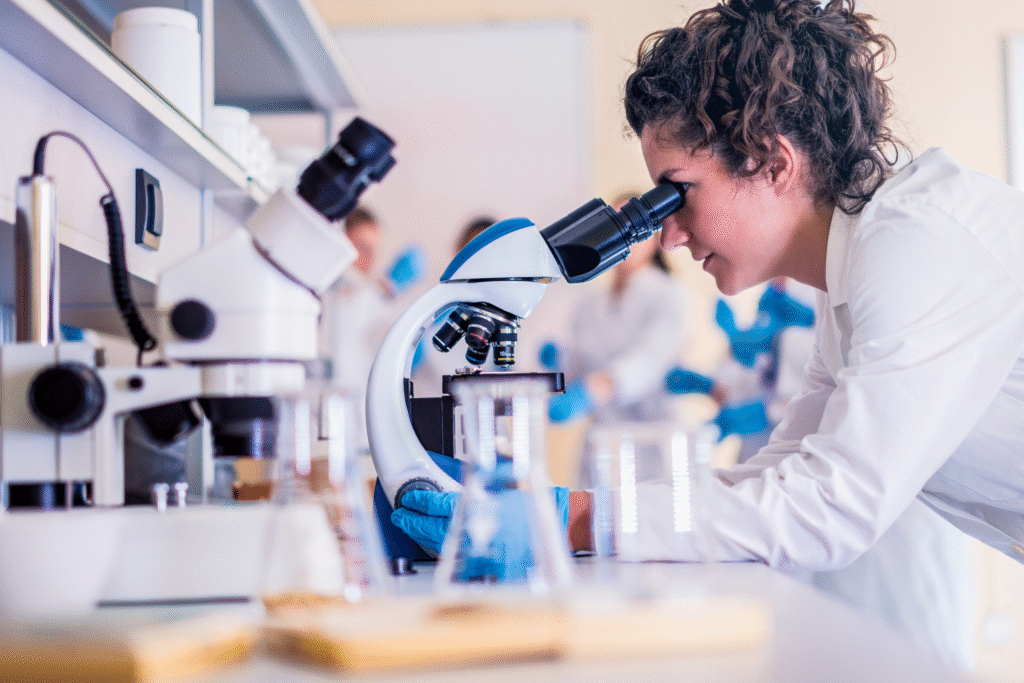
As scientists compared samples over time they noticed a direct correlation between rising plastic concentration and expanding enzyme diversity as stated by Nature. Microbial genomes now show multiple variations of plastic acting enzymes, each tuned to different polymer types. This rise in diversity reflects both natural selection and ecological opportunity, since synthetic materials have become an abundant new ecological niche. The trend indicates that bacteria can evolve far faster than expected when faced with consistent exposure to novel compounds, providing important clues about microbial resilience in polluted oceans.
3. Some deep sea bacteria display unusually efficient enzymes.

Analysis of sediments retrieved from depths exceeding four thousand meters revealed microbes with highly active plastic degrading proteins, as discovered by Frontiers in Microbiology. These enzymes remained stable under pressure and low temperatures, hinting at biochemical mechanisms that function in extreme environments. The presence of efficient enzymes in such remote areas suggests that plastic is reaching deeper ecosystems than previously documented. This discovery raises questions about how far plastic pollution has already spread through the ocean’s vertical layers and how microbial life responds at each depth.
4. The enzymes emerged from rapid evolutionary adaptation.
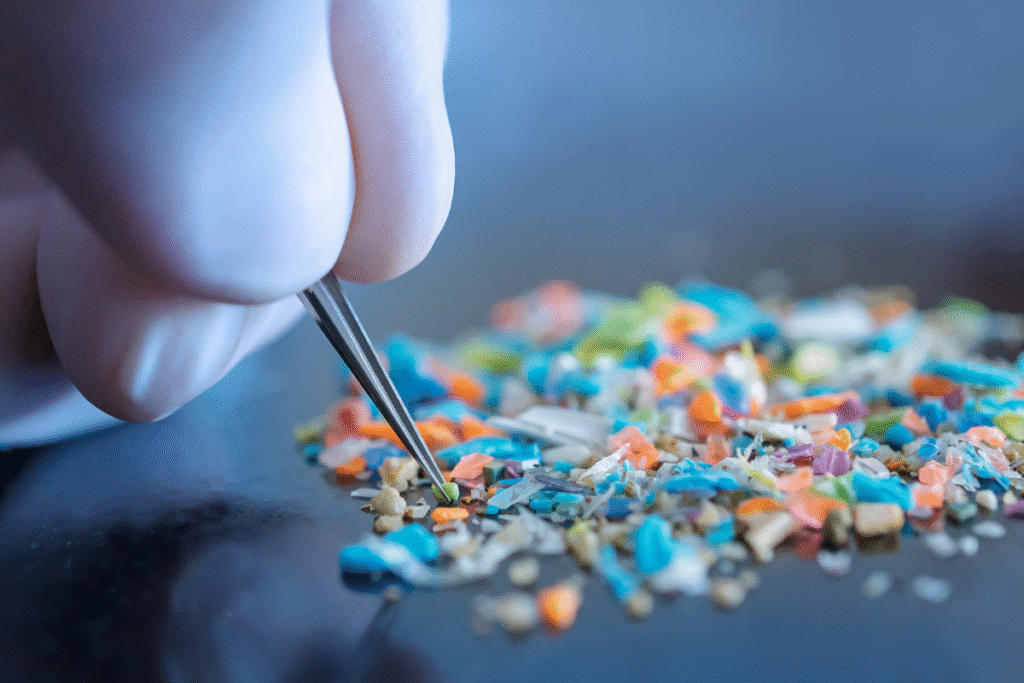
The genetic pathways associated with these enzymes appear to have originated from proteins once used for breaking down natural compounds. Over time structural changes allowed them to interact with synthetic polymers. The speed of this adaptation challenges earlier assumptions about how quickly bacteria can respond to new chemical stressors. These findings reveal an evolutionary process unfolding within decades rather than centuries. The discovery highlights how deeply human activities influence microbial evolution and reshape global biochemical cycles.
5. Microbial communities shift around plastic hotspots.

Regions with high concentrations of microplastics show noticeable shifts in microbial composition. Certain bacteria flourish in these areas because the presence of plastics offers new surfaces for colonisation and access to additional carbon sources. These hotspots become micro ecosystems where adapted species outcompete others, creating distinct microbial profiles. Studying these patterns helps researchers understand how pollution reshapes ocean ecology, influencing food webs, nutrient cycles and long term biological stability in surface and mid water zones.
6. Plastic breakdown releases unexpected chemical byproducts.

As microbes degrade plastics they generate intermediate compounds that can influence surrounding chemistry. Some of these byproducts dissolve into water, altering local pH balance or interacting with organic material. Others may serve as nutrients for different microbial groups, forming new biochemical chains. Understanding this process is crucial because the breakdown does not simply eliminate plastic. Instead it transforms pollution into a series of evolving compounds, each with its own ecological impact and long term environmental footprint.
7. Enzyme activity varies with temperature and ocean currents.

Studies show that plastic degrading enzymes behave differently depending on water temperature, nutrient availability and current patterns. Warmer currents speed up enzyme reactions while colder regions slow them down. Ocean circulation therefore determines where plastic is likely to degrade faster and where it may persist for centuries. This dynamic adds complexity to global pollution models and emphasises the importance of considering ocean physics when predicting future accumulation zones or evaluating microbial cleanup potential.
8. Some bacteria form biofilms on floating plastic debris.

Floating plastic provides a stable surface for bacteria to attach, grow and form communities known as biofilms. Within these biofilms microbes share genetic material more easily, which accelerates the spread of plastic degrading genes. These communities become active hubs of adaptation, creating conditions where evolutionary changes occur quickly. The biofilm environment also protects bacteria from ultraviolet radiation and shifting temperatures. This makes plastic debris an unexpected incubator for microbial innovation in open water.
9. Enzyme discovery may support future remediation efforts.
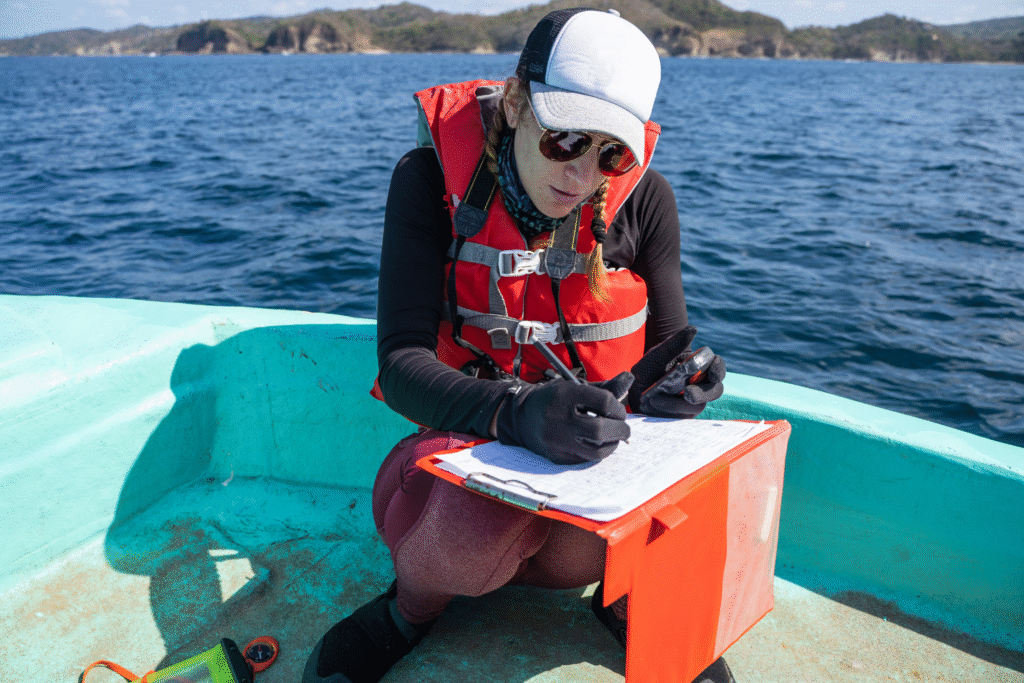
Although the new enzymes evolved naturally their structure can help scientists design targeted strategies for breaking down certain plastics. Researchers studying enzyme efficiency may be able to copy or enhance these proteins for controlled use in cleanup systems. While the ocean itself is too delicate and vast for artificial enzyme introduction, understanding natural degradation helps design safer land based recycling techniques. The discovery therefore informs both ecological understanding and technological development.
10. Long term impacts still require careful investigation.
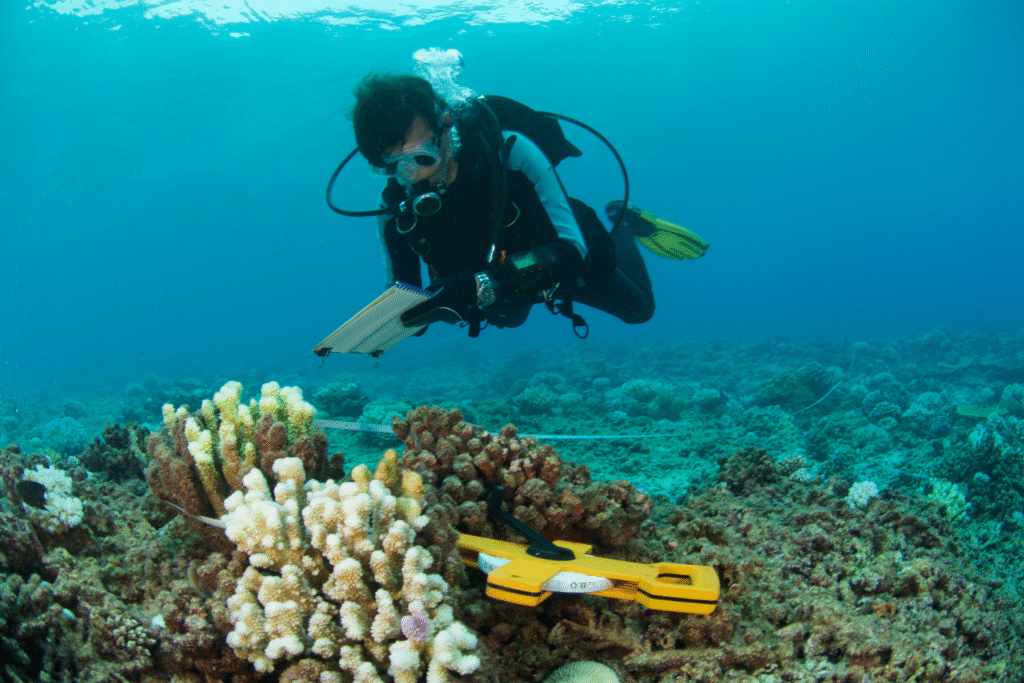
While plastic degrading bacteria may help reduce pollution in some areas their ecological effects remain complex. Removing plastic too quickly can disrupt micro habitats that have formed around debris, while releasing chemical byproducts may alter local chemistry. Researchers must determine how these changes influence plankton, fish larvae and broader food webs. The finding opens many questions about how newly evolved enzymes fit into the larger picture of ocean health.
11. The discovery reveals an unexpected global biological shift.
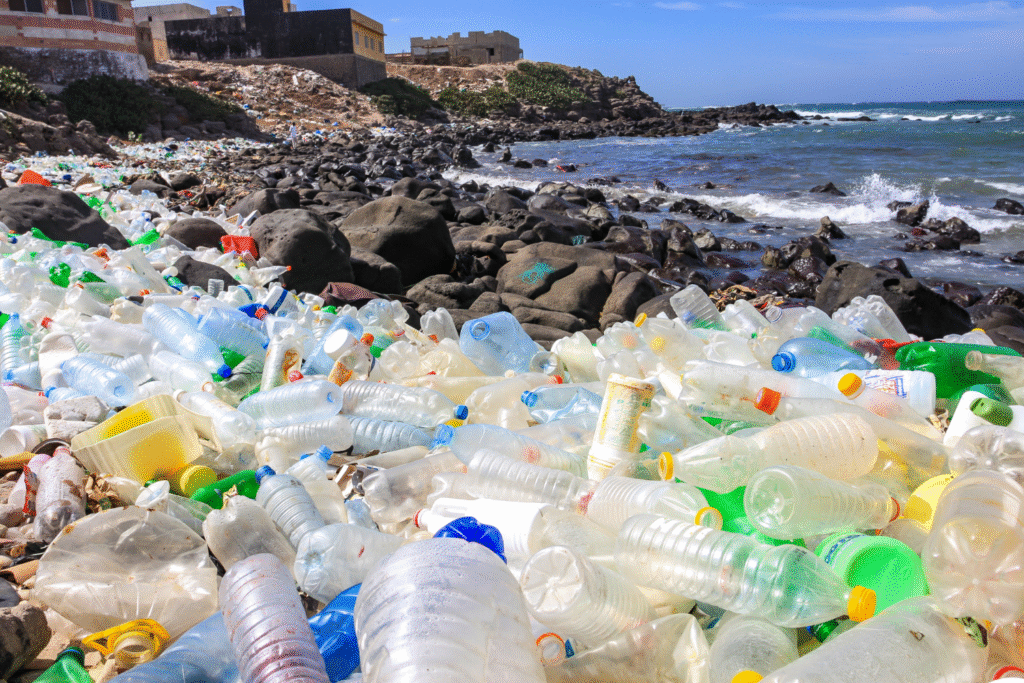
The evolution of plastic digesting enzymes demonstrates how profoundly human made materials reshape life at microscopic scales. Global pollution has effectively introduced a new resource that microbes now exploit, altering evolutionary pathways and biochemical cycles. This shift marks a new chapter in how the natural world responds to synthetic compounds, showing adaptability but also exposing the planetary consequences of widespread waste. The story of these enzymes reflects a rapidly changing ocean and a biological world adjusting to conditions humanity never intended to create.
